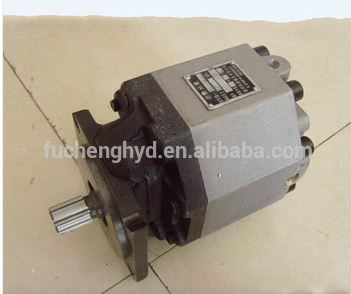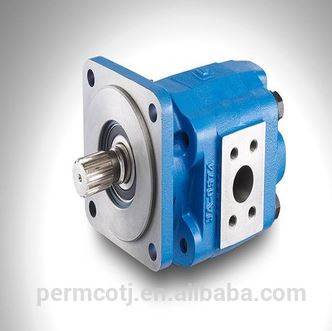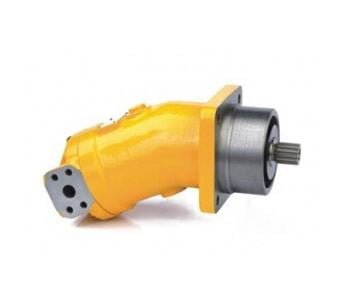Choosing the right hydraulic pump
A few words about safety:
Note that an under dimensioned gear pump will brake just the same as a correctly dimensioned pump. So while it may work, THE CONCERN IS SAFETY.
High pressure can do much damage if something bursts. Bursting the pump case or hose is possible. Take this seriously and always use Personal Protective Equipment around high pressure.
The information here as far as I know correct, but it is provided with no guarantees of any kind what so ever. You need to verify your application with the supplier or other competent source.
If you want help to choose a hydraulic pump for your application, post your question in our Q&A pages or send me a mail at jostein@yourdyno.com.
Here are some general tips:
Horsepower = Flow x Pressure, so the combination needs to be high enough.
The maximum pressure a pump is specified for varies somewhat from pump to pump but is generally in the 2500-3500 psi area. The flow per revolution varies enormously from pump to pump, so when searching for a pump, first look at the flow per revolution or GPM (gallons per minute). Higher is better.
Calculate the load cell you need and check your pump specification here:
[caldera_form id=”CF57f03ebab0479″]Note that a low efficiency pump is better! It will create less pressure for the same brake horsepower.
Your car/motorcycle/kart will loose power through its drive train too. 15% loss is a good starting point, which means you can dimension the max HP lower than your actual engine HP. This is of course not true for a dyno connected directly to the engine crankshaft.
In essence: Choose a pump with:
- High flow per revolution
- High pressure rating
Here is an pump series where the highest capacity pump is rated for almost 200hp. At these power levels you will need to think about cooling, and check that the flow control valve is compatible with the generated flow and pressure.
Vane pumps
Hydraulic vane pumps are another option. They operate with very low flow pulsation. As such, vane pumps produce less noise while maintaining a high flow and quite high pressures. They are a good choice for higher horsepower applications. They are often somewhat more expensive than gear pumps.Piston pumps
Piston pumps can be had with very large flow and high pressures. Piston pumps pulsate more than gear pumps or vane pumps and are for that reason not recommended.
Make sure the hose between the pump and the valve can take the pressure and flow rate too. Many online shops have what you need, for example FlowfitOnline.
In any case design on your own risk. Verify your application with the supplier.



